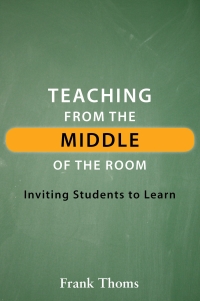Discrimination At Home
Near the end of the panel discussion, a colleague from the social studies department made a comment which brought the conversation closer to home: “The school’s track system has created a stratification. No one enjoys being regarded as something less than another of his peers.” A senior on the panel, often quiet and unassuming, responded, “Discrimination and prejudice exist right here in our own school!”
After I dismissed the assembly, clusters of students hung back and began talking. Quite loudly at first. They were not speaking about racism from the documentary or the panel discussion. Soon they were shouting at each other!
Amid the flurry of words flying back and forth, students from the ‘hinterlands’ of Hanover and Norwich, mostly from lower-tracked sections, sat in a group loudly stating their feelings of being oppressed in the school. One after another railed at the privileged students who predominated the upper sections. Most of the upper tracked were ‘in-town' students, children of professors, doctors, and business owners.
Pandora’s box opened; the elephant left the room; cliches, but perfect descriptors. The bottom-tracked students let everyone know their rage at a system they believed discriminated against them. They spoke eloquently. The altercation lasted nearly an hour, well beyond the scheduled time.
Now in their 70s, I wonder what their thoughts are now about racism and discrimination and its place in schools––and if they have any recollection of those three days.

